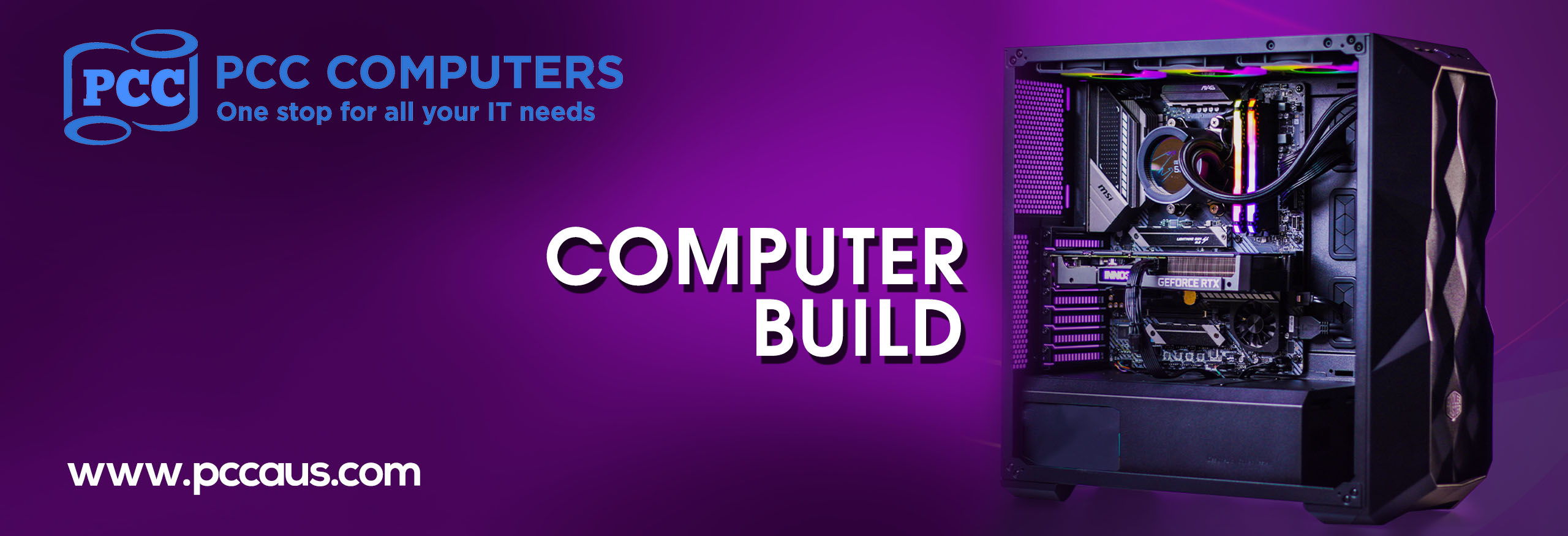Choosing the Right Components for Your Custom Computer Build

Choosing the Right Components for Your Custom Computer Build
Building a custom computer can be an exciting and
rewarding experience. Not only do you get to choose the components that suit
your specific needs, but you also gain a deeper understanding of how your
computer works. However, with the multitude of options available in the market,
it's crucial to make informed decisions to ensure your custom computer meets
your expectations and performs optimally. In this guide, we'll take you through
the essential components you need to consider when embarking on your computer
build journey, with a focus on the keyword "computer build."
1. Central
Processing Unit (CPU)
The CPU is often referred to as the brain of the
computer. It handles all the instructions and calculations. When choosing a
CPU, consider factors such as the number of cores, clock speed, and
compatibility with your motherboard. If you plan to use your computer for tasks
like gaming or video editing, opt for a high-performance CPU.
2. Motherboard
The motherboard is the backbone of your computer,
connecting all the components together. Ensure that it is compatible with your
chosen CPU and offers the necessary ports and features for your needs.
3. Random Access
Memory (RAM)
RAM is vital for multitasking and running applications
smoothly. The more RAM you have, the better your computer's performance will
be. Look for RAM modules that are compatible with your motherboard and consider
at least 8GB for general use, and 16GB or more for resource-intensive tasks.
4. Storage
When it comes to storage, you have several options:
- Solid-State Drives (SSD): These offer speed and
reliability, making your computer boot faster and applications load quickly.
- Hard Disk Drives (HDD): HDDs provide larger storage
capacity at a lower cost, suitable for storing files and data.
- M.2 Drives: These are a form of SSD that directly
attach to the motherboard, offering even faster performance.
Choose a combination of SSD and HDD based on your storage
needs and budget.
5. Graphics Processing
Unit (GPU)
If you're into gaming, video editing, or other
graphics-intensive tasks, a dedicated GPU is essential. Ensure compatibility
with your motherboard and consider a GPU with sufficient power for your
specific requirements.
6. Power Supply
Unit (PSU)
Select a PSU that can provide enough power for your
components with some headroom. Make sure it's from a reputable brand to ensure
the safety of your system.
7. Computer Case
Your computer case not only holds all the components but
also affects airflow and aesthetics. Choose one that accommodates your
motherboard size and offers good ventilation to keep your components cool.
8. Cooling System
Adequate cooling is essential to prevent your computer
from overheating. You can opt for air cooling or liquid cooling solutions,
depending on your needs and budget.
9. Operating
System
Choose an operating system (e.g., Windows, macOS, orLinux) that suits your software and application requirements.
10. Peripherals
Don't forget to select peripherals like a monitor,
keyboard, mouse, and speakers that meet your preferences and usage.
11. Assembly and
Testing
Once you've gathered all your components, assembly is the
next step. Take your time and follow the instructions carefully. After
assembly, thoroughly test your system to ensure that all components are
functioning correctly.
12. Software and
Drivers
Install the necessary software and drivers for your
components to work seamlessly together.
13. Optimization
and Customization
Fine-tune your system by optimizing settings and
customizing it to your liking. This step can enhance your overall computing
experience.
In conclusion, building a custom computer is a rewarding
process that allows you to create a machine tailored to your specific needs.
Keep the keyword "computer build" in mind as you select each
component to ensure your system is optimized for your tasks. With the right
components and careful assembly, you'll have a powerful, personalized computer
that serves you well for years to come.



